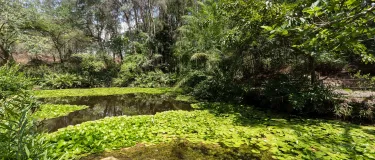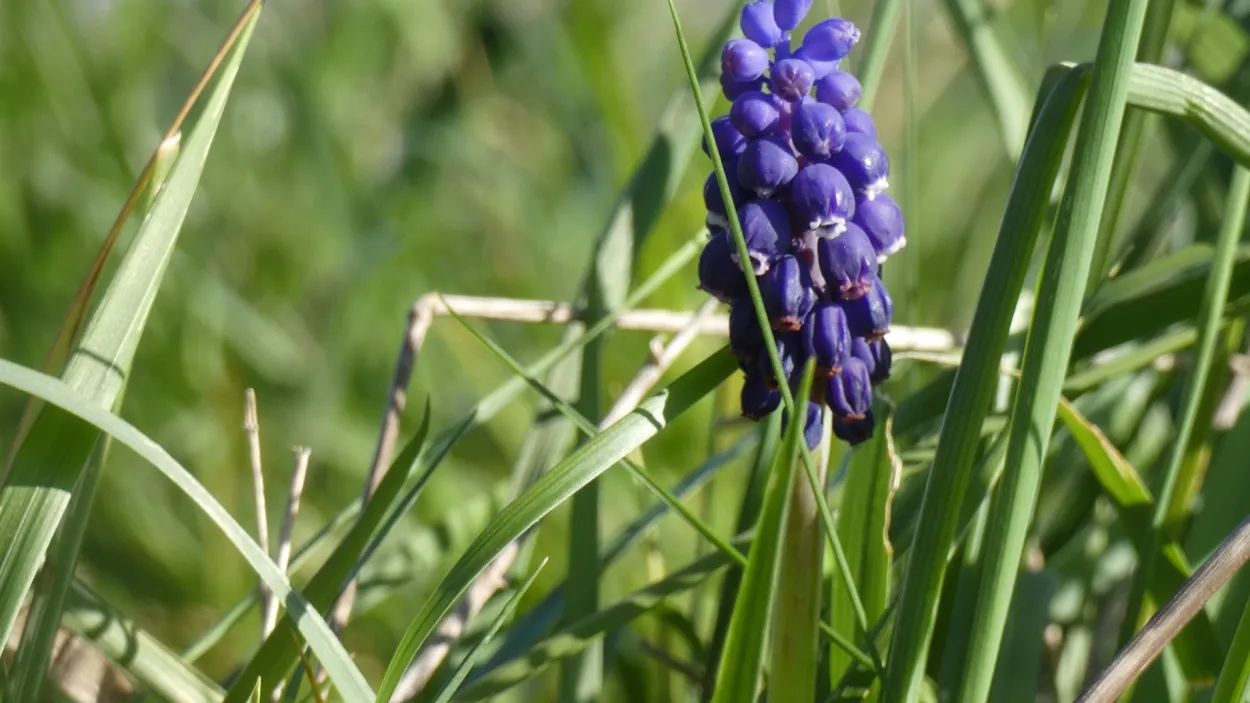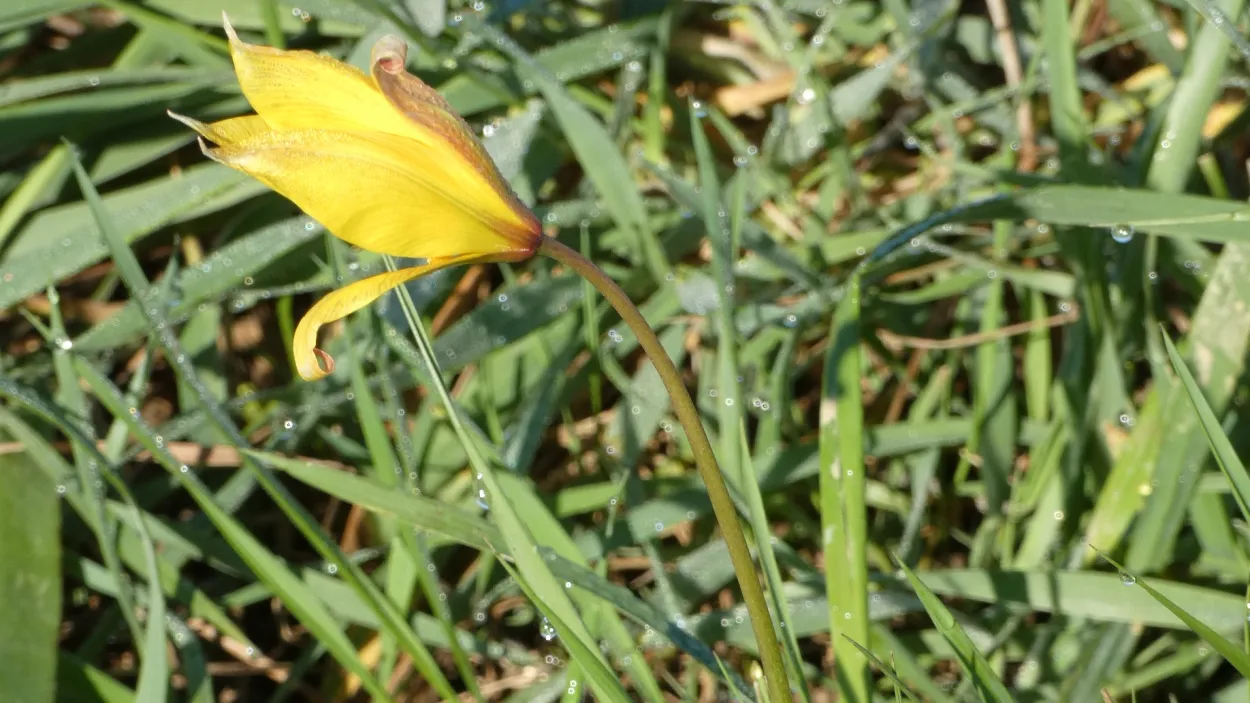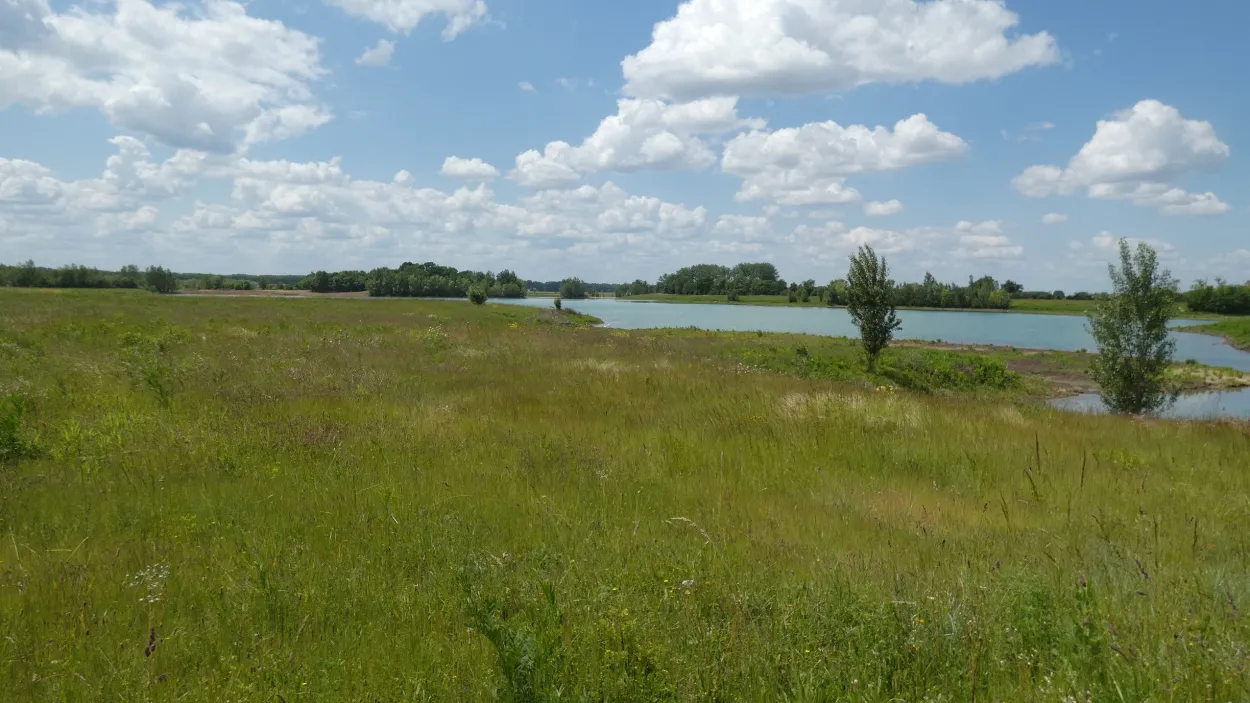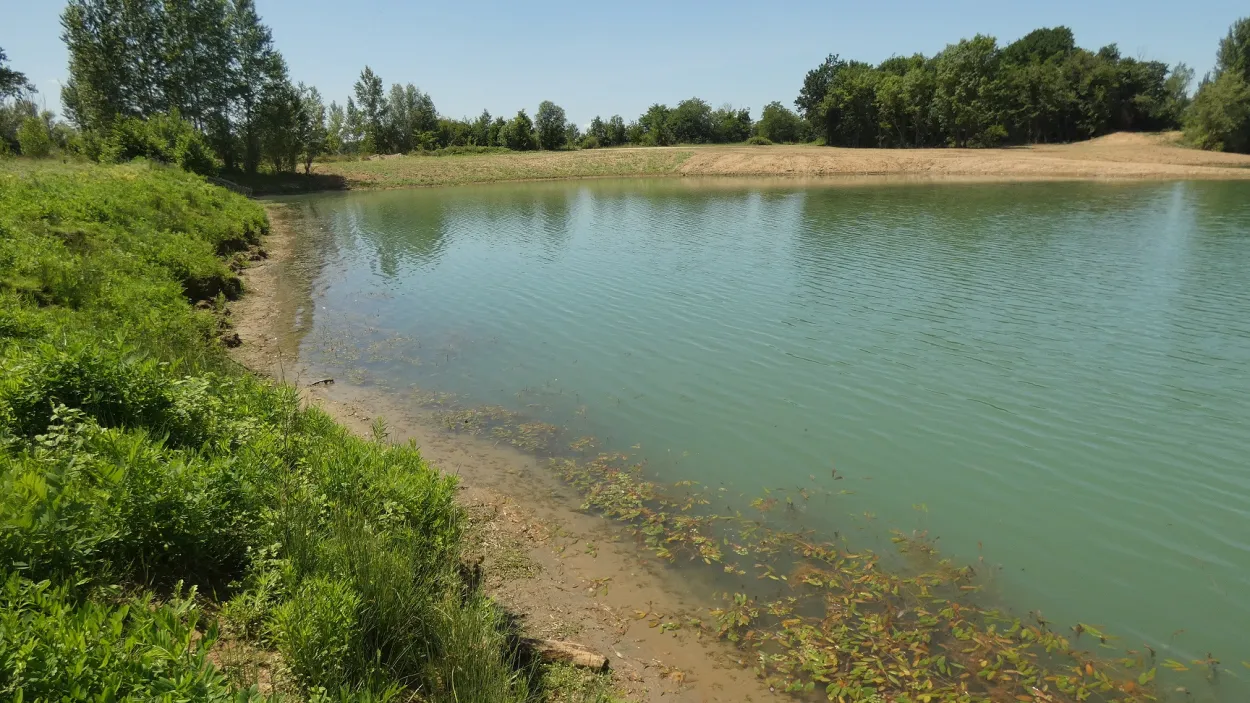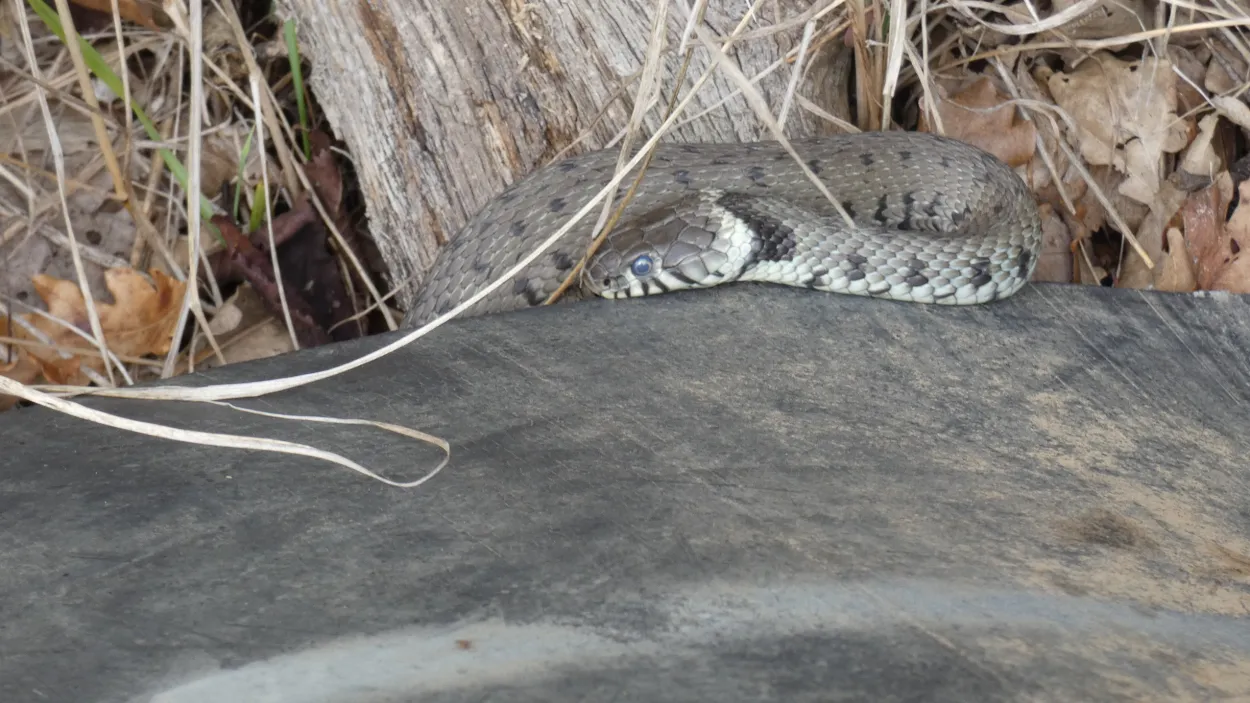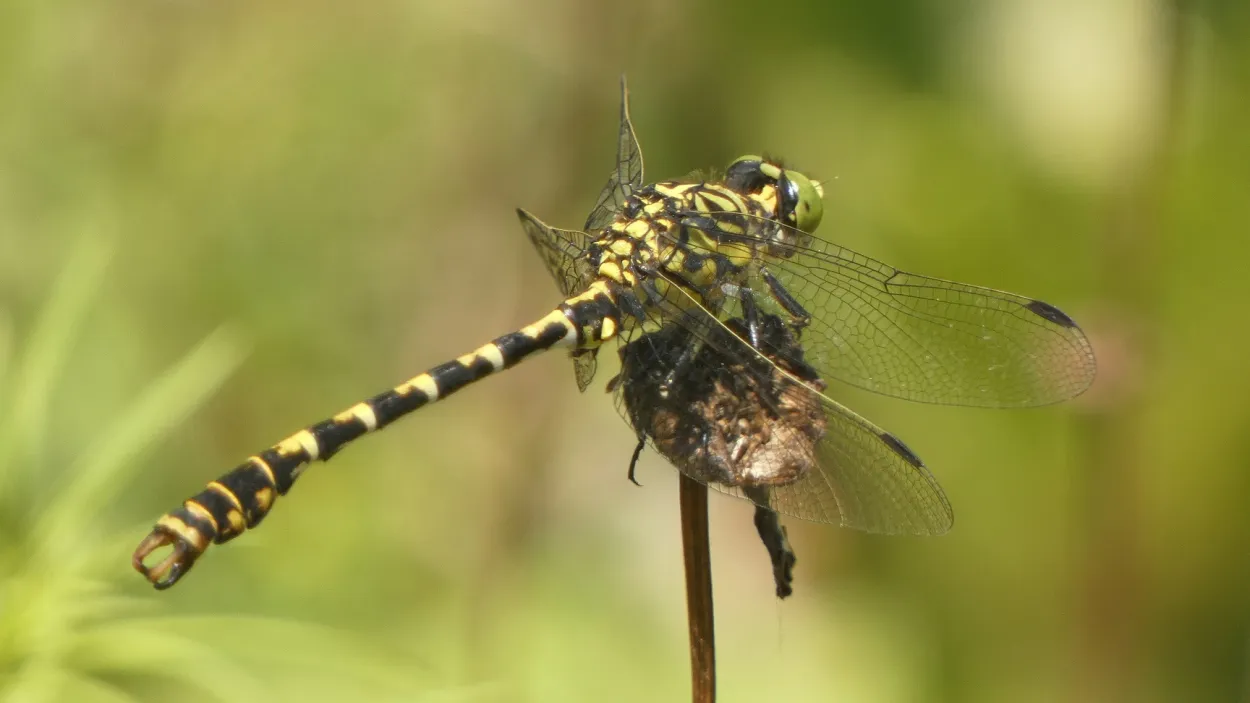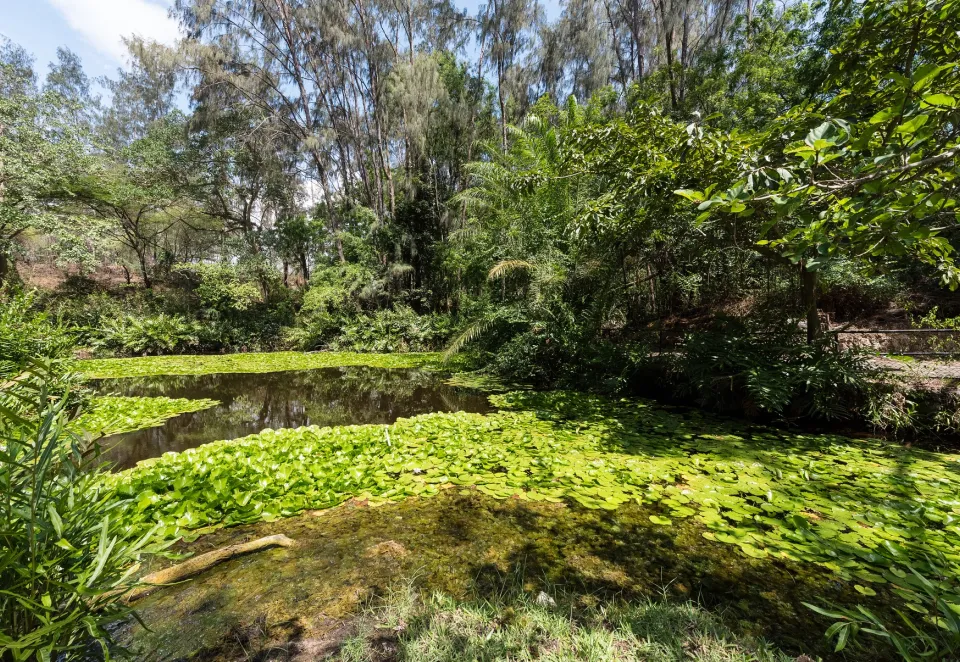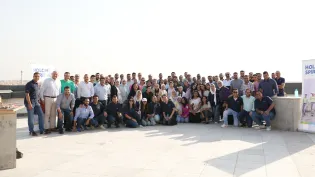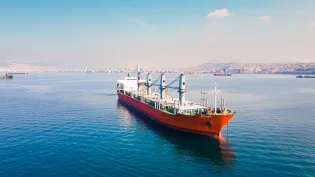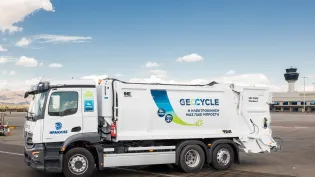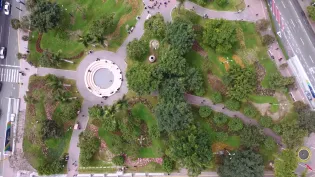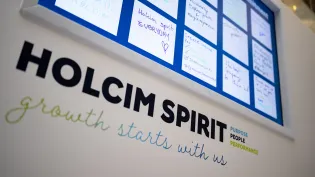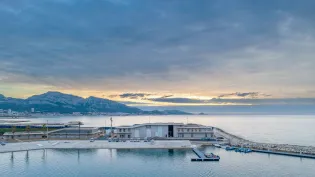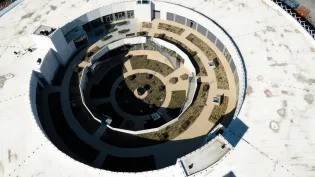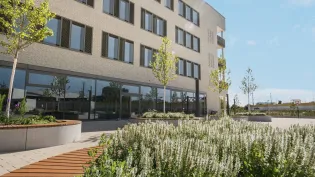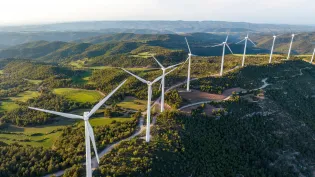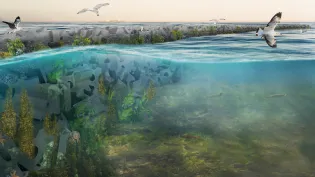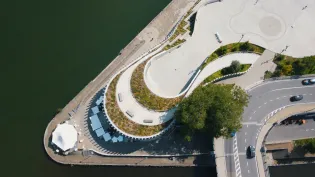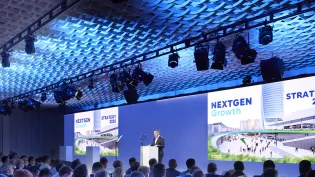How Holcim creates and preserves wetlands, the lifeblood of our planet
There is a saying that, “If rainforests are the lungs of the planet, then wetlands are the lifeblood.” As much as we need air to breathe, we need water to live. The conservation of wetlands, which contain 40 percent of the world’s species, is essential to life on Earth.
Recognizing the vital role that such ecosystems play, Holcim has a long global tradition of wetland creation and preservation. Here we explore projects at some of our wetlands sites across the world, as we strive to protect biodiversity and water resources across our sites, and contribute to building a nature-positive future.
Wetlands are one of the world’s most biodiverse habitats. They provide homes for many endangered species, offer a lifeline for freshwater species and act as vital “service stations” for millions of migratory birds to rest and refuel. Many endemic species are found only in specific wetland areas.
What is a wetland?
Areas of inland or coastal land partly covered or saturated by water, wetlands come in many forms, like salt marshes, mangroves and peatlands. Examples are found across all continents.
But our wetlands are in trouble. Invasive species, pollution, unsustainable development and climate change are all taking their toll with wetlands under more pressure than ever before. Wetlands are disappearing three times faster than forests and 35 percent of our wetlands have disappeared since 1970.
Let’s take a look at our wetland sites across the world!
Award-winning wetlands in the UK
Created from the footprint of a working quarry, Ripon City Wetlands nature reserve is a thriving home for a range of birds and other wildlife.
Quarrying began at this site in 1964. Holcim UK bought the site in 2003 and by 2018 the restoration was completed. Ripon City Wetlands opened to the public in 2019. This mosaic of wetland habitats provides a haven for wildlife and people in search of peace and tranquillity.
Green hay was spread across the site to form botanically rich fenland, 3,000 reed plugs were bought locally and planted to create an abundance of reedbed habitat and 280 meters of hedges were laid alongside the canal reedbed.
Today, it’s every birdwatcher’s dream: bitterns, avocets, little ringed plovers, kingfishers and many more can be spotted among the reedbeds and in the water. With a bit of luck, visitors can also catch a glimpse of the playful otters.
The large reedbed is bordered by a fen meadow strip full of wildflowers, which attract bees and butterflies. There is a marked trail and two viewing places to watch the wildlife. Numbers from Yorkshire Wildlife Trust, which now manages the wetland, have recorded 187 bird species at the site so far.
In 2022, Holcim’s outstanding restoration of Ripon City Quarry in North Yorkshire won the “Restoration” award at the Union Européenne des Producteurs de Granulats (UEPG) Sustainable Development Awards.
We were also recognized in six separate categories at the 2021 Mineral Products Association (MPA)’s Restoration and Biodiversity Awards, an impressive showcase of the best quarry rehabilitation and land stewardship schemes. These include the prestigious Cooper-Heyman Cup for outstanding restoration, with Holcim UK named a joint-winner for its work with Yorkshire Wildlife Trust to transform Ripon City Quarry in North Yorkshire into a new wetland haven for wildlife.
Take a virtual tour of Ripon City Wetlands and find out how our team in the UK goes over and beyond when it comes to quarry restoration:

The restoration plan was a very complex scheme, designed to incorporate an array of important habitats, including reedbeds, species-rich grasslands, hedgerows and wooded areas. The Reedbed was specifically designed and engineered to give endangered species such as the Bittern the best chance of colonizing this area. The nature reserve has become a fantastic area for the local and wider communities to enjoy the outdoor space and learn about nature.
Thriving wetlands in a French working quarry
Approximately 100 kilometers southeast of Bordeaux, France we have an active sand and gravel quarry, and our people here have an unwavering commitment to environmental conservation and habitat restoration. At the heart of this endeavor is the site's ongoing restoration process, a conscious effort to minimize surface disruption as extraction activities progress and ensure that biodiversity has a place to thrive.
The journey towards collaboration with SEPANLOG, a local association devoted to nature preservation, began in 2010 when Holcim was approached to create a new wetland area near an existing natural reserve close to Lagruère. The objective was to create lakes and wetlands conducive to the well-being of local species, such as birds and toads, and the result was a resounding success as native species flourished year after year.
Building on this successful experience, in partnership with the municipality of Lagruère, Holcim embarked on a similar restoration scheme for an old extraction pit. This restoration plan included creating wetlands and aquatic plant habitats designed to help batrachians and insects flourish. Today, the area teems with a variety of bird species, including coots, herons, ducks and egrets. The rehabilitated lake's design incorporates peninsulas and tranquil areas, providing a welcoming environment for wildlife.
A pedestrian path was built in September 2023 in the newly restored areas, with informative signage and lookout posts. The path will be opened officially in May 2024 and will be open to the public.
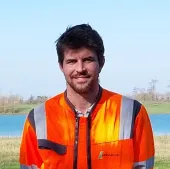
As a result of these combined efforts, year after year, we witness the flourishing of native species within the rehabilitated area, underscoring the resounding success and long-term sustainability of this restoration project. These newly created wetlands are testament to the successful transformation from an industrial activity to a thriving natural habitat.
Safeguarding water, flora and fauna in Bangladesh
Our plant in Chhatak, Bangladesh is located in the northeast part of the country, a region that is naturally blessed with high rainfall for seven months of the year. However, the area becomes dry in the summer season and the underground water levels drop, posing a challenge to local wildlife and the community.
A recent pilot project on the territory of the site saw the creation of 20 small open water ponds to increase and preserve habitats for biodiversity to thrive during the dry months. The project proved to be a success and brought many benefits to the area.
For example, the ponds provide a habitat for migrating birds, spawning fish and other flora and fauna. They are also a sanctuary for local ducks and an important water source for wandering cattle.
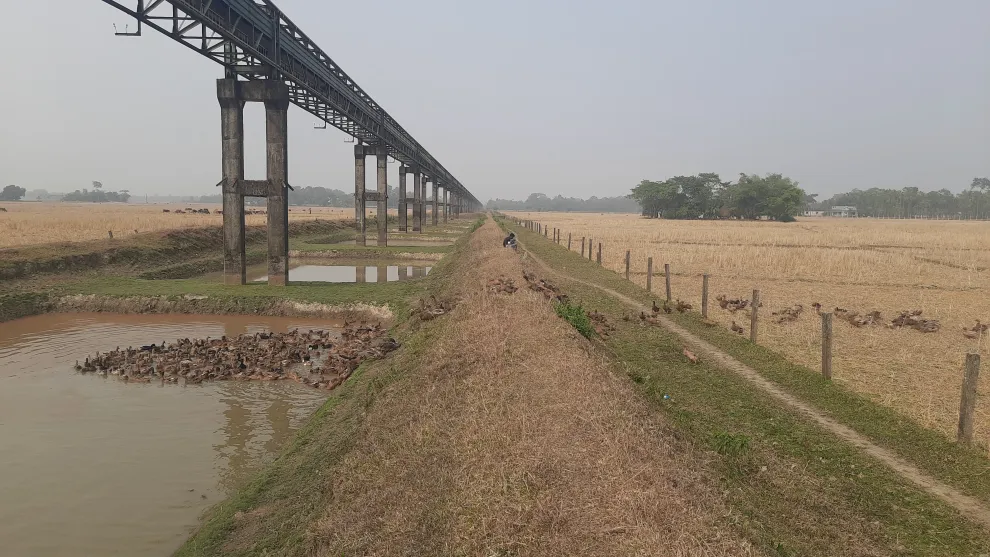
The project has also brought benefits to the local economy as the ponds are used as commercial fish ponds and for watering nearby croplands. Lastly, they bring recreational possibilities for the local community, such as fishing and enjoying the outdoors.

These small open water ponds play an important role in ensuring a water supply for the surrounding croplands during the dry season. Local communities are also using the water to feed their domestic animals. The ponds are becoming a habitat for spawning fish and other flora and fauna. This is a great example of using land for the betterment of nature and the community.





